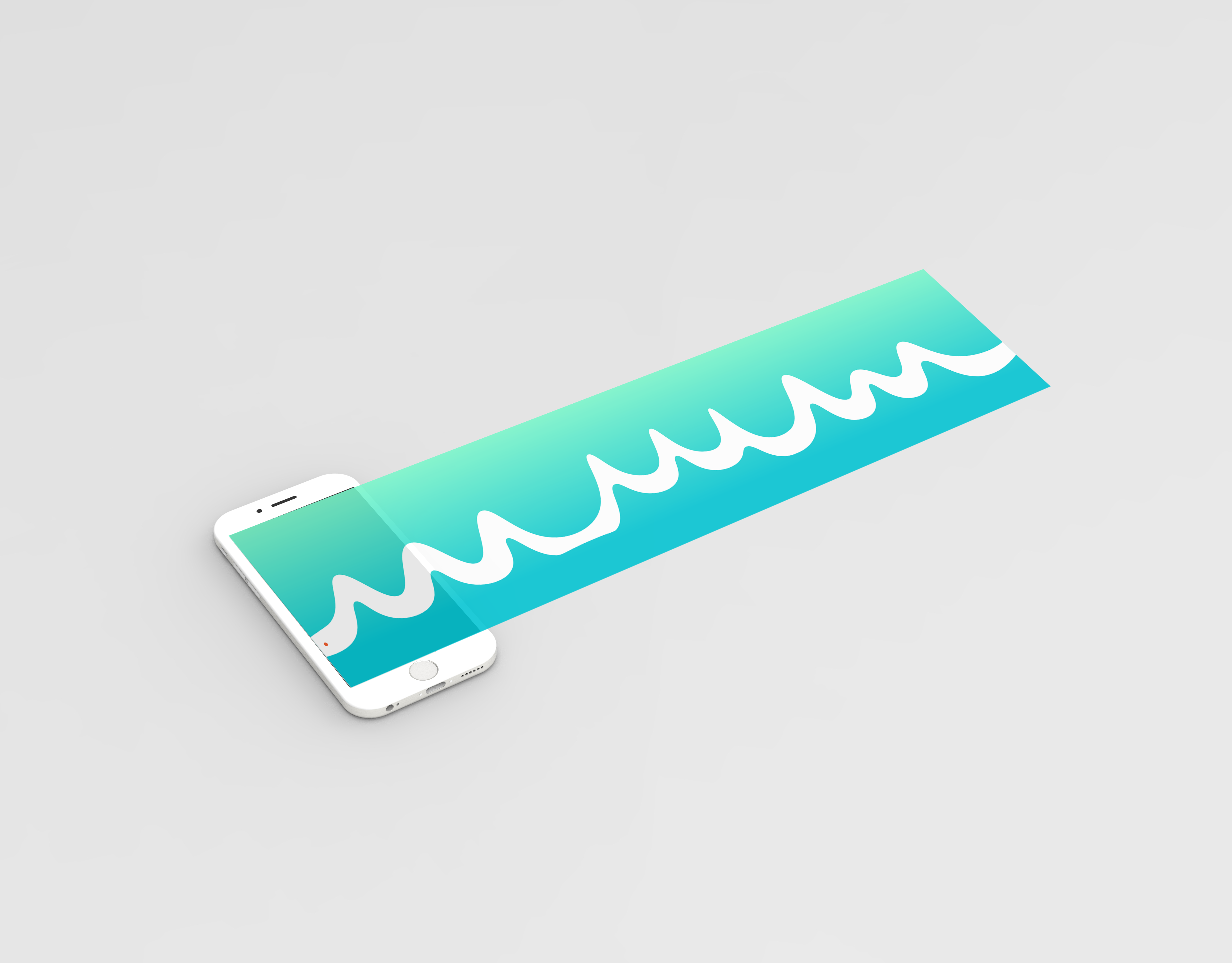I.O.T. and the opioid crisis
Opioid addiction death is becoming an epidemic. In 2016 every day 4,000 people used non-prescription painkillers, 600 being heroin and 1 out of every 6 died. This addiction often starts with a prescreption to pain medicine after an injury.

Addiction often starts with a prescription.
this is what a ideal recovery timeline looks like vs the reality of recovery.
 .
.

So the problem is with complience, so how can we design around that?
- 65-75% of physical therapy patients end up not completing their treatment plan. Patients do not return to scheduled visits, and/or they do not do their exercise at home.
-
At least half of all opioid overdose deaths involve a prescription.
Intra is a design intervention based on the need of patients to continue their physical therapy and communication with their physcian

We need to design for a better patient / doctor relationship the mobile interfacing addresses accountability and access.

The patient registers with their doctor

The doctor registers with their facility
Most at home exercises are easily transferable to gaming interfaces. Using gamification, the patient becomes more aware of their exercise and their body.


The patient selects one of the exercises their doctor has prescribed. Their device uses gyroscopes and accelerometers to control the ball along a path.


As the patient gets healthier, the workouts reflect the change, the hills and valleys get steeper and narrower.

Designing around the understanding doctors and patients need different things.
When it comes to physical therapy, the doctor needs analytic data. How the patient is progressing, how often they are exercising, is it at the rate they expect?
While the patient needs the design to be as non-intrusive as possible. All they need is to do an exercise, let their doctor know and go on with their day.

The data collected works into the larger system of healthcare. The local patient can now be connected to not only their doctor, but the hospital, insurance, and the government.
These connections can subsidize cost for patients, information for researchers, and most importantly provide better recovery.

